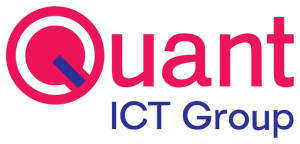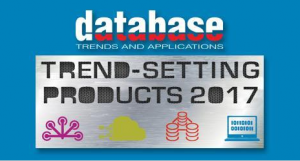
When you research IT infrastructure monitoring solutions, ensure that they provide insightful analytics and ways to prioritize what’s important for you to investigate.
It’s 2 a.m., and a hospital’s system has slowed to a crawl. Lives are at stake. For the harried system admins looking for the source of the slowdown, time is of the essence.
The hospital’s system has servers attached through a SAN to storage devices. But where’s the weak link? The administrator cannot afford to waste time analyzing server performance when the problem may be in a storage device or the SAN. He needs information that enables him to conduct his root cause analysis as quickly as possible.
Perhaps you don’t have to worry about whether someone will live or die when your IT infrastructure fails. However, when it’s slow or down, it fails to deliver a satisfying user experience. Also, it’s likely that your company’s operations falter, costs increase, and your bottom line suffers.
Transform monitoring data into information
Because of the serious ramifications of system slowdowns and downtime, you need an IT infrastructure monitoring solution. But you don’t want it to deliver piles of data that you have to sort through. If you have a tool that tells you there are 1,000 errors in your system, you can drown in information overload. System administrators don’t know where to start. Instead, they end up relying on the user to contact them when they are dissatisfied.
You want actionable insights that enable you to hone in rapidly on the cause of problems and, of course, prevent them from happening in the first place.
So, when you vet various IT infrastructure monitoring solutions, ensure that they provide insightful analytics and ways to prioritize what’s important for you to investigate. Developers should have applied their expertise when developing the solution to make sure it presents the most critical information for maintaining the health of your IT infrastructure.
For best results, you want to monitor your whole IT infrastructure, including servers, storage, SAN switches and applications. Your solution should run rules related to the 20 most critical aspects of those technologies that are likely to cause slowdowns and downtime that tell you when they are trending toward a problem.
For instance, you want to know the CPU, memory usage, network and adapter performance and disk space of servers. For storage devices, you’re likely interested in throughput, IOPS and latency. For SAN, you want measurements on throughput, buffer credits and errors. You don’t want to have to make your own judgments on every measurement. The monitoring solution should tell you what’s healthy, what’s concerning and what’s causing problems right now.
Prioritize and be proactive
Many IT monitoring systems provide real-time alerting to problems. Such an alert is similar to when your car starts bucking along on the desolate moonscape in eastern Nevada. You know there’s a problem, but it’s too late to avoid the related downtime.
It’s better to have thresholds that warn you of a problem in the making. Think of these like the warning symbols on your car dashboard. Let’s take the fuel indicator: It lights up to tell you that you have one or two gallons left in the tank. That’s the threshold at which the car’s manufacturers feel you need to take action. They’ve calculated that if you’re anywhere in the U.S., (except, perhaps, U.S. Highway 50 in Nevada, a.k.a. “The Loneliest Road in Americaâ€), you should have ample time to find a gas station and refill.
Some monitoring solutions forewarn you, using yellow to indicate issues that are brewing. Red, on the other hand, tells you there is already a problem that’s impacting users. Fix it now!
This color coding helps you to prioritize your activities. Take care of the red ones first and then the yellow ones. Or, preferably, take care of the yellow-coded issues before they go red.
Focus and intelligent analytics
Most important, an IT infrastructure monitoring solution should tell you where to focus your attention and how to prioritize your efforts. It must provide intelligence that helps you find the root cause of slowdowns and downtime rapidly.
If you want more information on monitoring your infrastructure contact Quant ICT Group, www.quant-ict.nl, glenda@quant-ict.nl, tel:+31 880882500
Source: Tim Conley for IDG Contributor Network










